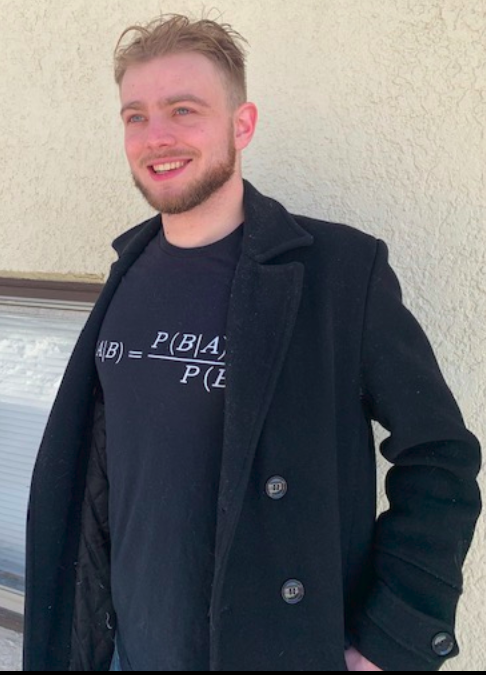
Do not call up that which you cannot put down.
--H.P. Lovecraft
What is true is already so.
Owning up to it doesn't make it worse.
Not being open about it doesn't make it go away.
And because it's true, it is what is there to be interacted with.
Anything untrue isn't there to be lived.
People can stand what is true,
for they are already enduring it.
--Eugene Gendlin
Limited in his nature,
infinite in his desires,
man is a fallen god
who remembers the heavens.
--Alphonse de Lamartine
I am a third year PhD student at the University of Waterloo studying computer science with a focus on algorithmic information theory and sequential decision theory (for example, the AIXI reinforcement learning agent). I am interested in theoretical AI safety, particularly agent foundations, for which AIXI is a foundational concept. More generally, I spend most of my time pondering (computational) rationality and what it can teach us about effective thinking. My PhD is supervised by Professor Ming Li and I am advised by Professor Marcus Hutter. Most of my writing is on lesswrong and/or the alignment forum. I also organize the AIXI research community at https://uaiasi.com/.
I hold an M.S. in mathematics from the University of Minnesota, Twin Cites.

Recently, I am primarily focused on preventing the rapid progress in AI from going (very) badly. I support a pause on development of autonomous agents (at least until the alignment problem is solved), and I would like to see the field pivot towards enhancing human rationality and eventually imitation learning / mind uploading. See IABIED for an introduction to the risks from superhuman intelligence (Bostrom's "Superintelligence" is the classic but perhaps a bit out of date). I am an advisor to the AI safety research fund.
In the past I've worked in robotics. In particular I was a machine learning intern at Dexai robotics and I am published in ICRA. My team also won the 2020 ION Autonomous Snowplow Competition.
See my CV (currently out of date).
My hobbies include bouldering, reading, and in the past mixed martial arts.